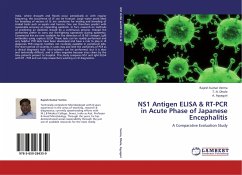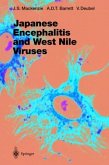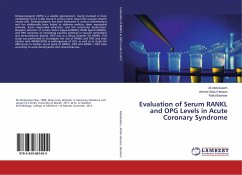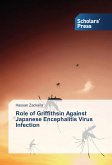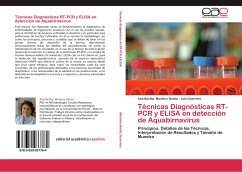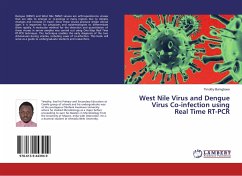India, where drought and floods occur periodically or with regular frequency, the occurrence of JE can be forecast. Large water pools ideal for breeding of vectors of JE are conducive for nesting and breeding of Ardeid birds such as egrets and herons. One can therefore predict with reasonable accuracy an impending epidemic. In fact, research on methods of predicting an epidemic should be a continuous process. Instead the authorities prefer to carry out fire-fighting operations during epidemics. Commercial kits are now available for the detection of JE NS1 antigen, IgM antibodies using capture ELISA. These tests can be readily performed and very helpful. PCR tests have been developed and have a role to play in JE diagnosis. PCR requires facilities not routinely available in peripheral labs. The short period of viraemia in cases may also limit the usefulness of PCR as a clinical diagnostic tool. Viral isolation can be performed, but it is slow and technically difficult, and is often negative because virus clears by the time patients present to hospital. This study compares NS1 and IgM ELISA with RT - PCR and can help researchers working on JE diagnostics.
Bitte wählen Sie Ihr Anliegen aus.
Rechnungen
Retourenschein anfordern
Bestellstatus
Storno

